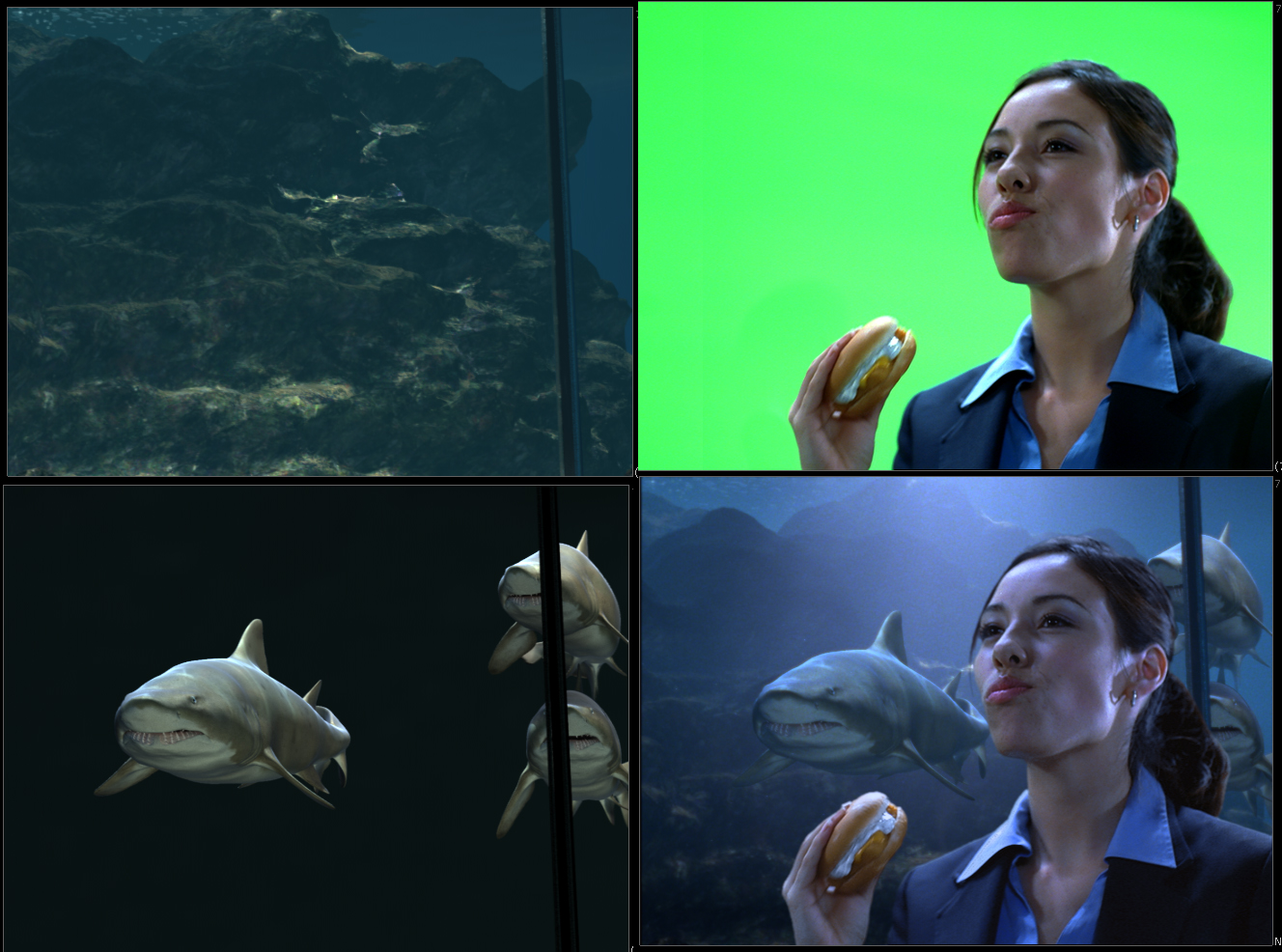UV mapping stands for the technique used to "wrap" a 2D image texture onto a 3D mesh. "U" and "V" are the name of the axes of a plane, since "X", "Y" and "Z" are used for the coordinates in the 3D space. For example: increasing your "V" on a sphere might move you along a longitude line (north or south), while increasing your "U" might move you along a line of latitude (east or west).The purpose of this unwrapping of the coordinates is just to map these coordinates to images/pictures so that the 3D image can have a realistic looking surface with textures derived from these images.
The next step is texturing, where a texture artist will work with what is referred to as a shading material that, when applied to a 3D model, gives the artists the ability to control things like colour, reflectivity, shininess, and much more. This way, what was once a 3D model with a solitary colour can be transformed into a 3D model that looks a lot more realistic with colours and materials applied.
The next step is rigging, the process in which the computer is told how the 3D models can move. For example, should a 3D model that looks like an arm be able to bend at the elbow like a realistic arm? Or can it be stretched into wacky shapes like a cartoon character’s arm? Setting this up and telling the computer the range of motion for each part of the 3D model is what the rigging process accomplishes. This is done by creating control points on the 3D model that an animator can bend and deform to create the animations.
In the animation phase, rigged assets are animated using controls to match the desired shot. A lot goes into creating seamless animations, but this is where everything comes together. Using a timeline, an animator will set movement in frames that play back as an animation.

